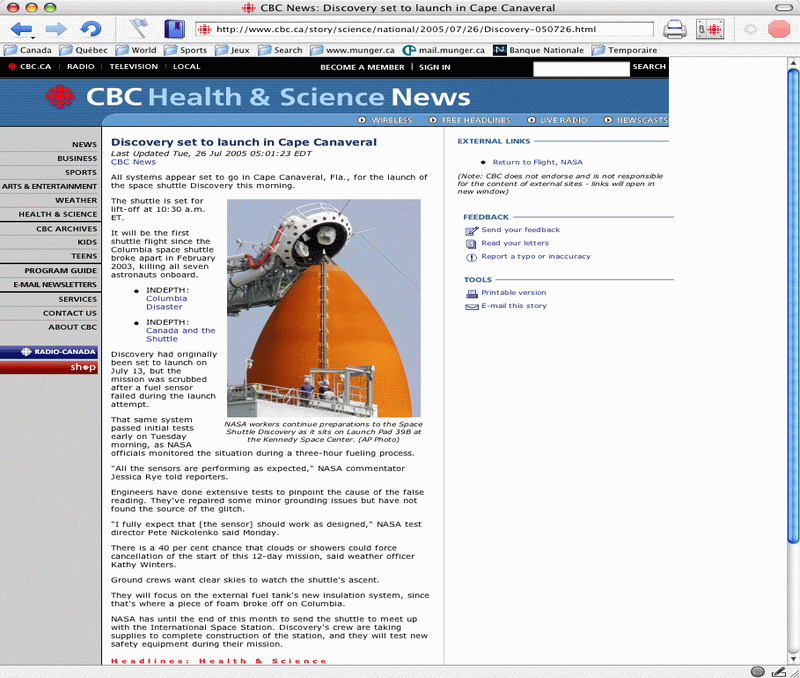

In this work, we develop a fast, global dB/dt forecasting model, which forecasts 30 min into the future using only solar wind measurements as input. Since GIC data is proprietary, the time variability of the horizontal component of the magnetic field perturbation (dB/dt) is used as a proxy for GICs. Hence, computational models to forecast GICs globally with large forecast horizon, high spatial resolution and temporal cadence are of increasing importance to perform prompt necessary mitigation. Geomagnetically Induced Currents (GICs) arise from spatio‐temporal changes to Earth's magnetic field, which arise from the interaction of the solar wind with Earth's magnetosphere, and drive catastrophic destruction to our technologically dependent society. An additional validation during non-Earth-directed CME periods is also conducted which yields a good TSS and MCC score. The weighted TSS and MCC from Guastavino et al. The proposed model can predict the probability that Dst < − 100nT 24 hours ahead with a True Skill Statistic (TSS) of 0.62 and Matthews Correlation Coefficient (MCC) of 0.37. This work presents a novel methodology to train the individual models and to learn the optimal ensemble weights iteratively, by using a customized class-balanced mean square error (CB-MSE) loss function tied to a least-squares (LS) based ensemble.

The relationship between the SoHO images and the solar wind has been investigated by many researchers, but these studies have not explicitly considered using SoHO images to predict the Dst index. The model is developed using an ensemble of Convolutional Neural Networks (CNNs) that are trained using SoHO images (MDI, EIT and LASCO). Dst provides essential information about the strength of the ring current around the Earth caused by the protons and electrons from the solar wind, and it is routinely used as a proxy for geomagnetic storms. We present a new model for the probability that the Disturbance storm time (Dst) index exceeds -100 nT, with a lead time between 1 and 3 days. This opens the way to a better mid‐to‐long term data‐driven magnetospheric modeling within space weather and geophysical pipelines. However, the model still shows some strong limitations inherent to its structure and the used data set, which could be the focus of future works. In addition, despite it being a prototypical model, our model is more accurate in most situations than three empirical baseline models. We show in particular that SERENADE is able to capture information on the geomagnetic dynamics from solar imaging alone. In order to increase this prediction horizon, we introduce SERENADE, a novel deep learning‐based proof‐of‐concept model using images delivered by the Atmospheric Imaging Assembly instrument onboard the Solar Dynamics Observatory spacecraft to directly provide probabilistic forecasts of the daily maximum of the geomagnetic index Kp up to a few days ahead. However, these approaches have the notable drawback of being effective in an operational context only for limited forecasting horizons (often up to a couple of hours ahead at best). These methods often prove to be very accurate and skilled. Over the past decade, machine learning‐based methods for forecasting geomagnetic indices from near‐Earth solar wind parameters have become popular in the space weather community. Many models of the near‐Earth's space environment (radiation belts, ionosphere, upper atmosphere, etc.) are driven by geomagnetic indices, representing the state of disturbance of the Earth's magnetosphere.


 0 kommentar(er)
0 kommentar(er)
